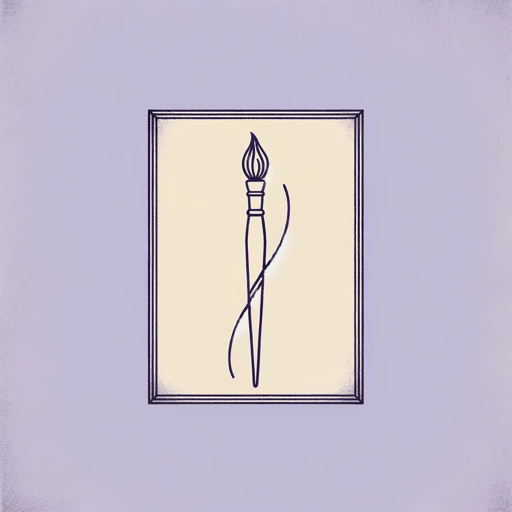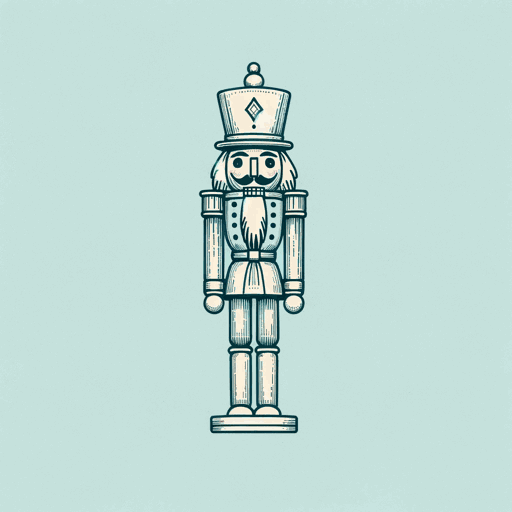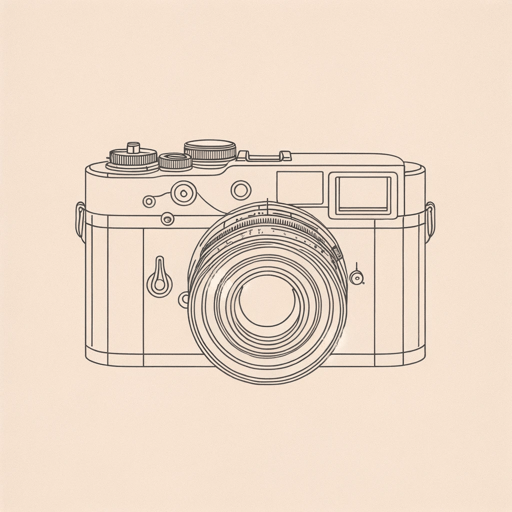36 pages • 1 hour read
Anthony MarraThe Tsar of Love and Techno
Fiction | Short Story Collection | Adult | Published in 2015A modern alternative to SparkNotes and CliffsNotes, SuperSummary offers high-quality Study Guides with detailed chapter summaries and analysis of major themes, characters, and more.
Summary and Study Guide
Overview
In the follow-up to his award-winning novel A Constellation of Vital Phenomena, American writer Anthony Marra released The Tsar of Love and Techno (2015), a collection of interconnected short stories. Shifting from first to third person narration across various characters’ perspectives in different time periods, The stories begin in Communist Russia in the 1930s and end in modern Russia the 2010s, connecting the characters to their descendants and ancestors. Marra weaves together a tapestry whose common thread is the history of Russia, composed of millions of tragedies and losses, not unlike the ones experienced by the characters in this collection. Critically acclaimed, The Tsar of Love and Techno won the American Academy of Arts and Letters Rosenthal Family Foundation Prize for Fiction, and was listed as a 2015 National Book Critics Circle Award Finalist in Fiction and was a Kirkus Reviews Best Fiction Books of 2015.
Plot Summary
Divided into three parts (Side A, Intermission, and Side B) the stories are much like a novel composed of multiple vignettes that demonstrate a different side of the author’s creative prism.
In “The Leopard,” set in 1937, Roman Markin is a censor artist in Communist Russia. Roman betrays his brother, Vaska, leading to Vaska’s death. Riddled with guilt, Roman paints Vaska into every painting he works on, including a landscape by the famous 19th-century painter, Pyotr Zakharov-Chechenets. When Roman fails to completely erase a ballerina from a painting, his nephew, Vladimir, accuses him of belonging to the ballerina’s spy ring, and the communists execute Roman.
The next story, “Granddaughters,” picks up in 1937 then accelerates the narrative to 2013, following the entire trajectory of Galina, the granddaughter of the ballerina in Roman’s painting. Galina becomes a dancer and finds fame. She marries a rich oligarch, but always thinks of her high school boyfriend, Kolya. Kolya joined the army to escape a drug dealing charge and later dies in Chechnya as a prisoner of war.
In “The Gruzny Tourist Bureau,” the Tourist Bureau of Gruzny, Chechnya, tasks main character Ruslan with making the war-torn area tourist friendly. Ruslan turns his apartment into an art museum, which contains a Zakharov landscape of a Chechen farm; this is the farm where Ruslan lived with his wife and child before they died in an explosion. Galina buys the painting from him at an exorbitant price, as it depicts the field where Kolya died. Ruslan accepts the purchase because he wishes to pay for a surgery that will mend his girlfriend Nadya’s eyesight.
“A Prisoner of the Caucasus,” follows Kolya as a prisoner of war. He works for Ruslan’s former father-in-law creating a garden out of a landmine. The story ends with Kolya dying, wishing that he were listening to his brother Alexei’s mixtape (harkening to the part titles, “Side A, Side B”).
In “The Tsar of Love and Techno,” Alexei learns the details of Kolya’s death 10 years after the fact. He visits Galina, and she gives him the landscape painting. Alexei visits the field where Kolya died.
“Wolf of White Forest” finds Galina’s childhood friend, Lydia. Lydia’s mother, Vera, got her own mother killed by the Communists when she was young. Struggling for money, Vera allows Kolya to sell drugs out of her home, and Lydia visits. Kolya murders Lydia so she won’t expose his crime. Soon after, he joins the army to avoid prosecution.
The “Palace of the People” centers around Vladimir, Roman’s nephew. When Roman was young, Vladimir told his mother to remove all photos of Vaska for their protection, and Vladimir hated him for it. In “A Temporary Exhibit,” Vladimir visits Ruslan’s museum, and the healed Nadya points out his father painted into all of Roman’s paintings. Vladimir forgives Roman.
Finally, in “The End,” Kolya drifts toward outer space in a capsule designed by his father for the possibility of nuclear war. This final, ethereal story marks a swift departure from the rest of the stories, as perhaps the strongest character in the collection—Russia itself—is left behind, which ends the collection on a mysterious, spiritually ambiguous note.
The collection explores themes of artistic expression as escape and the lasting effects of war, portraying Russian citizens ravaged by Communism, war, and circumstance.
Related Titles
By Anthony Marra



